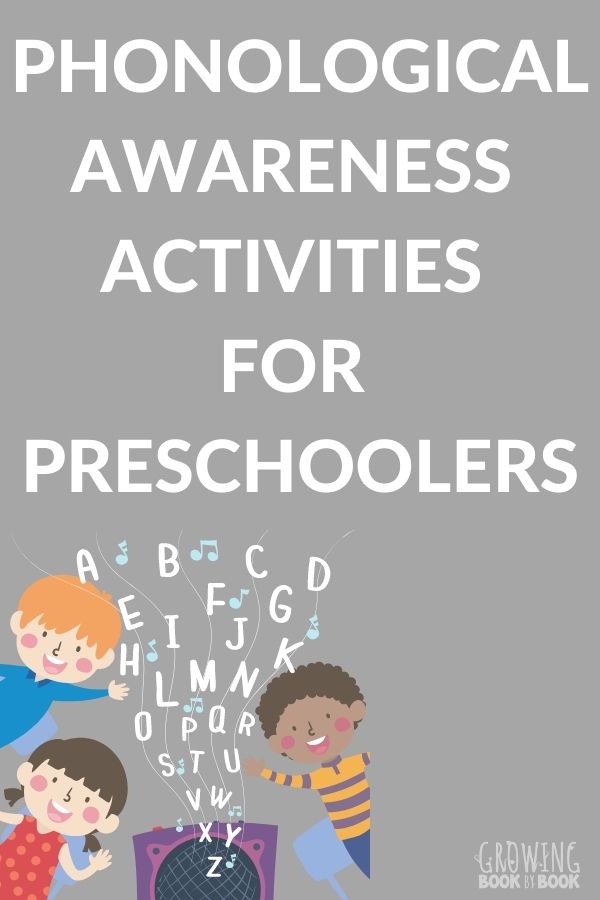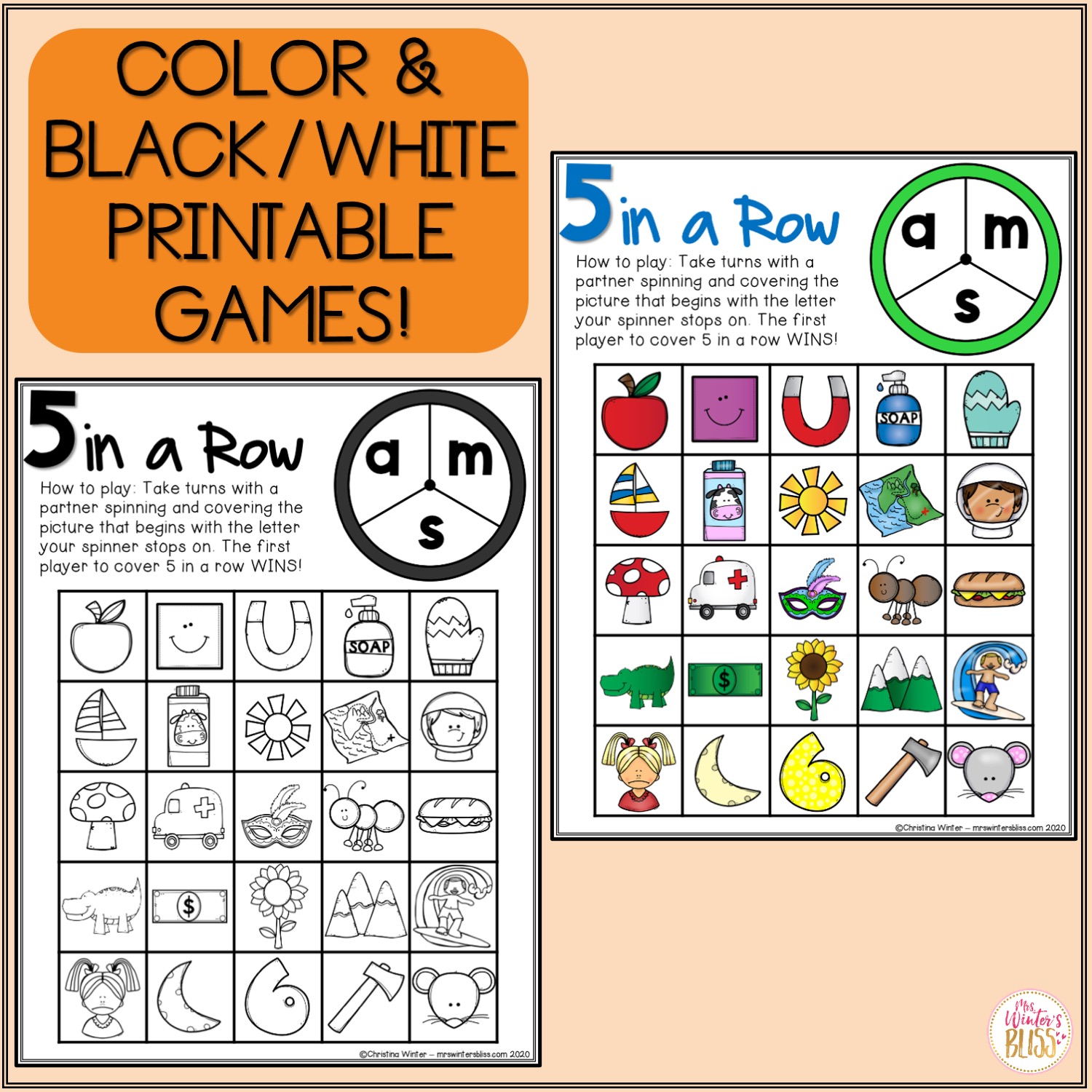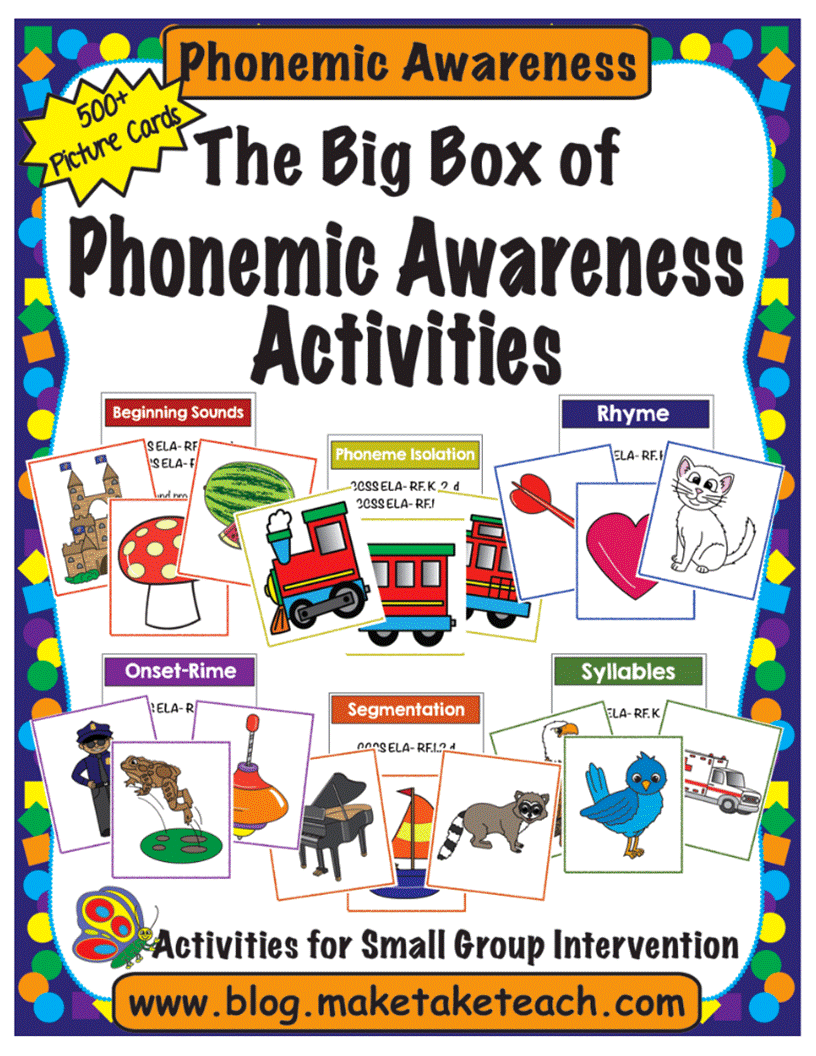
Phonological Awareness
As phonological awareness skills develop, children will begin to attend to, discriminate, remember, and manipulate (segment/blend) words and sounds at these levels or chunks: Sentence Understanding that the sentence they hear, "Thecatisfat" is comprised of four separate words "The cat is fat". Word Understanding the words "cat" and "fat" rhyme.

Phonological Awareness Activities and Games to Engage Your Students
Phonological awareness can be thought of as an umbrella with different categories. The four categories we like to use are: Word awareness: Students learn about words as a whole in sentence segmentation. Syllable awareness: Students learn how to break words into syllables. Onset and rime, alliteration, rhyming: Students learn how to break words into first sound (onset) and the rest of the word.

Phonological Awareness Activities and Games to Engage Your Students
Phonological awareness is a crucial skill for young children to develop as it lays the foundation for reading and writing. It is the ability to recognize and manipulate the sounds in language, such as rhyming, syllables, and phonemes.

Teach child how to read Phonics Awareness Worksheet Free For Kindergarten
Phonological Awareness. Here are Phonological Awareness learning activities for Pre-K, Preschool, and Kindergarten. Don't miss the nursery rhyme printable posters. Learn rhyming, letter sounds, syllables, and phonics. Get free printable literacy games. Hands-on, active, and playful learning.

Phonological Awareness Activities for Preschoolers
Steps: Give each child a manipulative or manipulatives with which to count the words in a sentence. Dictate a sentence. The sentences should be articulated clearly but not in a halting, artificial manner. The words should run together as in natural speech. Avoid dictating haltingly: "Mom [pause] went [pause] to [pause] the [pause] store."

Fun Phonemic Awareness Activity Animal Breakfast The Play Based Mom Phonemic awareness
1. Block It (Syllables) Explain that syllables are parts of words. Demonstrate by pushing out a block for each word part as you say a word. Return the blocks to a pile before trying the next word. Give each child small paper squares instead of blocks to use at their desk for a group activity.

Printable Phonemic Awareness Activities
Phonological awareness is the ability to hear, recognize, and play with the sounds in spoken language. By second grade, most children have mastered the more basic skills, including rhyming , syllables, alliteration , and beaking a sentence into words. Phonemic awareness

Phonemic Awareness Activities Beginning Sound Worksheet Games Mrs. Winter's Bliss
Phonological awareness is really a group of skills that include a child's ability to: Identify words that rhyme Count the number of syllables in a name Recognize alliteration (words with the same beginning sound) Segment (break) a sentence into words Identify the syllables in a word Phonemic awareness

Phonemic Awareness Activities For Kindergarten Kindergarten
First things first, phonological awareness is the ability to hear, identify, and manipulate sounds in spoken words. While phonological awareness can include syllables or parts of words (ex: onset and rime), phonemic awareness deals with individual phonemes, or sounds.

Best Phonological Awareness Activities Yvonne Hazel's Printable Activities for Kids
In this blog series, we will define phonological awareness, unpack why it's important, and explore 10 activities you can do with your child to enhance their phonological awareness skills, including listening for environmental sounds, rhyming, and more! ?

Why is Phonological Awareness So Important Phonological awareness, Phonological awareness
Phonological Awareness Activities Hopping Words: Children hop once for each word in a sentence. Counting Words: Using bead strings or tally marks on a page, children count the words in a sentence. Silly Sentence Switching: Teacher says a sentence, first student changes one word in the sentence, second student switches a different word.

Phonological Awareness Worksheet Have Fun Teaching
When you think about phonological awareness, visualize an ear. An ear reminds us that phonological awareness deals with sounds of spoken language. Phonological awareness includes multiple subsets: Phonemic awareness ( blending sounds, segmenting words, manipulating phonemes) Alliteration and rhyme. Syllable awareness. Word awareness.

Tips and Activities for Phonemic Awareness Sarah's Teaching Snippets Phonemic awareness
Phonological awareness skills help students break the reading code. To decode words, students must be able to hear and manipulate sounds within words so they can connect those sounds with the letters that represent them. Students need explicit, systematic phonological awareness instruction.

phonological awareness activities for kindergarten
Phonemic awareness begins when kids can recognize or hear the phonemes in words. It's like a game of "I Spy" with sounds! The easiest phoneme for kids to hear is the beginning phoneme such as the /k/ sound at the beginning of the word cat. The next easiest is the ending phoneme. In the word "cat", the /t/ sound is the ending phoneme.

Phonemic Awareness Archives A Teachable Teacher Phonemic awareness activities, Phonemic
That is why developing phonological awareness is so important. This page includes free printables that will provide extra, hands-on practice with skills rhyming, syllables, compound words, initial sounds, ending sounds, short vowel sounds. These hands-on activities are perfect for independent practice after you have taught these skills through.

a printable worksheet for beginning and ending sounds with the words segmentation
Phonological awareness is the ability to hear and work with word parts and sounds in spoken language. Hearing rhyming words, breaking words into syllables, and comparing the beginning or ending sounds in words are all examples of phonological awareness. Having this flexibility with spoken sounds is essential for kids to learn to read and write.